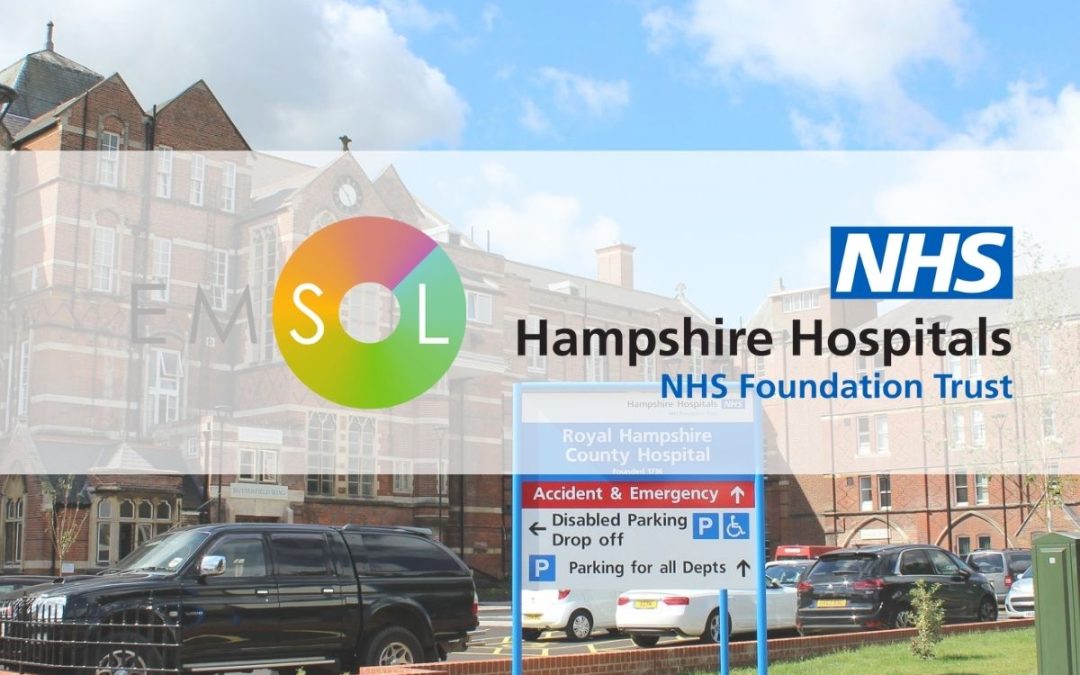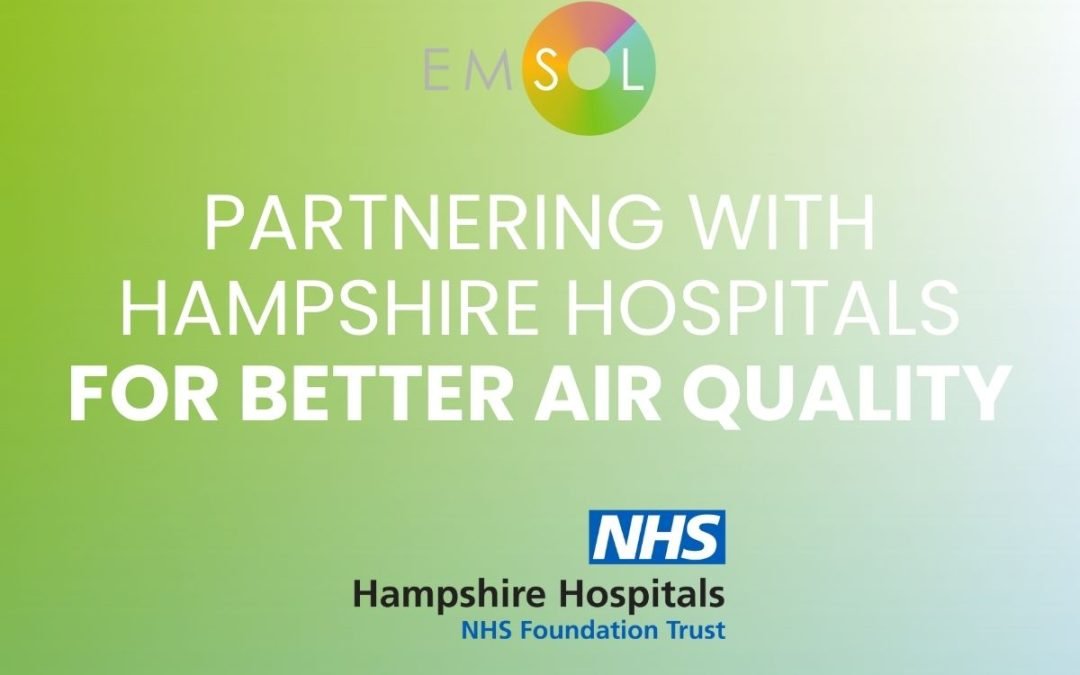For GOSH, mapping air pollution levels and linking the data to patient records means clinicians now have up-to-date and accurate local air pollution data. It also means GOSH is taking measures in line with the NHS Greener campaign which aims to tackle the climate ‘health emergency’.
Mapping air pollution provides GOSH clinicians with an accessible and reliable data resource, and also means that they can better inform and support their patients with improvements to their health and wellbeing.
Mapping Air Pollution
Mapping air pollution and linking it to patient records enables clinicians to offer patient-centred care. This facilitates treatment options based on a patient’s holistic circumstances and environment.
This innovative approach to healthcare is aimed at improving the health outcomes for patients, as well as helping doctors have a better understanding of the impact of air pollution on their patients.
Air Pollution Deaths
Climate change continues to pose a major threat to health and wellbeing. As our environment changes, this has an immediate impact on the public and ultimately the NHS.
Early deaths due to air pollution exposure have continued to rise in the UK. In 2021, Philip Barlow, the coroner who presided over the inquest of the death of 9 year old Ella Adoo Kissi-Debrah concluded that exposure to excessive air pollution contributed to Ella’s ultimate death due to asthma.
Barlow criticised the medical team treating Ella for not alerting Ella’s parents to the risks she was exposed to. Prior to this, medical teams and NHS trusts across the UK rarely included air pollution risks in their medical training.
Barlow highlighted the importance of upskilling staff and ensuring they knew the risks of air pollution, its impact on health, and how to advise patients.
In 2022, the Chief Medical Officer, Chris Whitty, reported that air pollution increased mortality by adversely impacting stroke, cancer, heart disease, asthma, and lung development in children.
Witty made two key recommendations to NHS staff:
- Communicate health risks to patients when it comes to air pollution; and
- Train healthcare staff on the effects of air pollution and how to minimise these effects.
The NHS quickly realised that they needed to ensure they had accurate real-time data relating to the air pollution risks patients are exposed to if they were to identify, assess and advise on the risks.
Mitigating Risk – Proactive Steps
GOSH has demonstrated that obtaining accurate information and linking it to patient records is not beyond the reach of NHS trusts in the UK. The overall aim is to ensure patient outcomes are improved.
Air pollution continues to be a major concern for countries across the globe. GOSH’s approach to mapping air pollution and linking the data to patient records is not only innovative, but it is also proactive. What it means in practice is that clinicians and NHS trusts can take positive steps to reduce the negative impact of air pollution on the health of local populations.
The air pollution technology GOSH is using maps the pollution levels in the postcodes the patients live in. The air pollution monitors collect the data, and this is then linked to patient records.
GOSH has made sure that they rolled out a training program to ensure staff were trained on how to use and interpret the data.
Staff at the hospital treating patients have access to a dashboard that helps them to identify trends and patterns in air pollution levels and they can then review how these pollution levels impact individual patients.
Mapping Air Pollution
Using this integrated data approach, GOSH has already yielded significant results. For example, doctors were able to identify high air pollution levels and link them with a rise in the number of children admitted to the hospital with respiratory problems.
The air pollution data has enabled doctors to offer individualised advice and treatments, and work to mitigate the impact of high air pollution levels in line with Chris Whitty’s advice.
This kind of proactive, patient-centred approach is not only in line with GOSH’s Clean Air Hospital Framework, it also resonates with the NHS values which aim to improve outcomes for patients.
Improving Health Outcomes For Patients
GOSH is leading the way in its data-driven approach to healthcare, using technology to ensure it can provide the best possible care for its patients.
Accurate monitoring and mapping of air pollution levels and linking it to patient records not only improves patient outcomes, but it also enables the NHS to identify high-risk areas.
This, in turn, leads to better public health campaigns and collaborative interventions involving other stakeholders such as local authorities who have the power to implement measures to improve air quality. As well as the EMSOL solution taken up the NHS Trust to start controlling the pollution and improving the air quality at their hospitals. The NHS Case Study of available for NHS staff to download and review.
Ultimately, by collecting and analysing data, the NHS can be at the forefront of improving health. They can provide valuable data to policymakers who have the power to positively impact public health on a large scale.
NHS England has reported that the UK’s health care system is responsible for almost 5% of the country’s carbon footprint.
NHS trusts are keen to tackle the ‘health emergency’ that has resulted from pollution and the climate change crisis. There is increasing pressure on NHS trusts to action green plans and clean air targets.
EMSOL’s range of air quality monitors and camera analytics technology provides critical insight and data relating to pollution. Mapping and tracking air pollution levels will enable trusts to plan effective mitigation interventions and evidence improvements.





